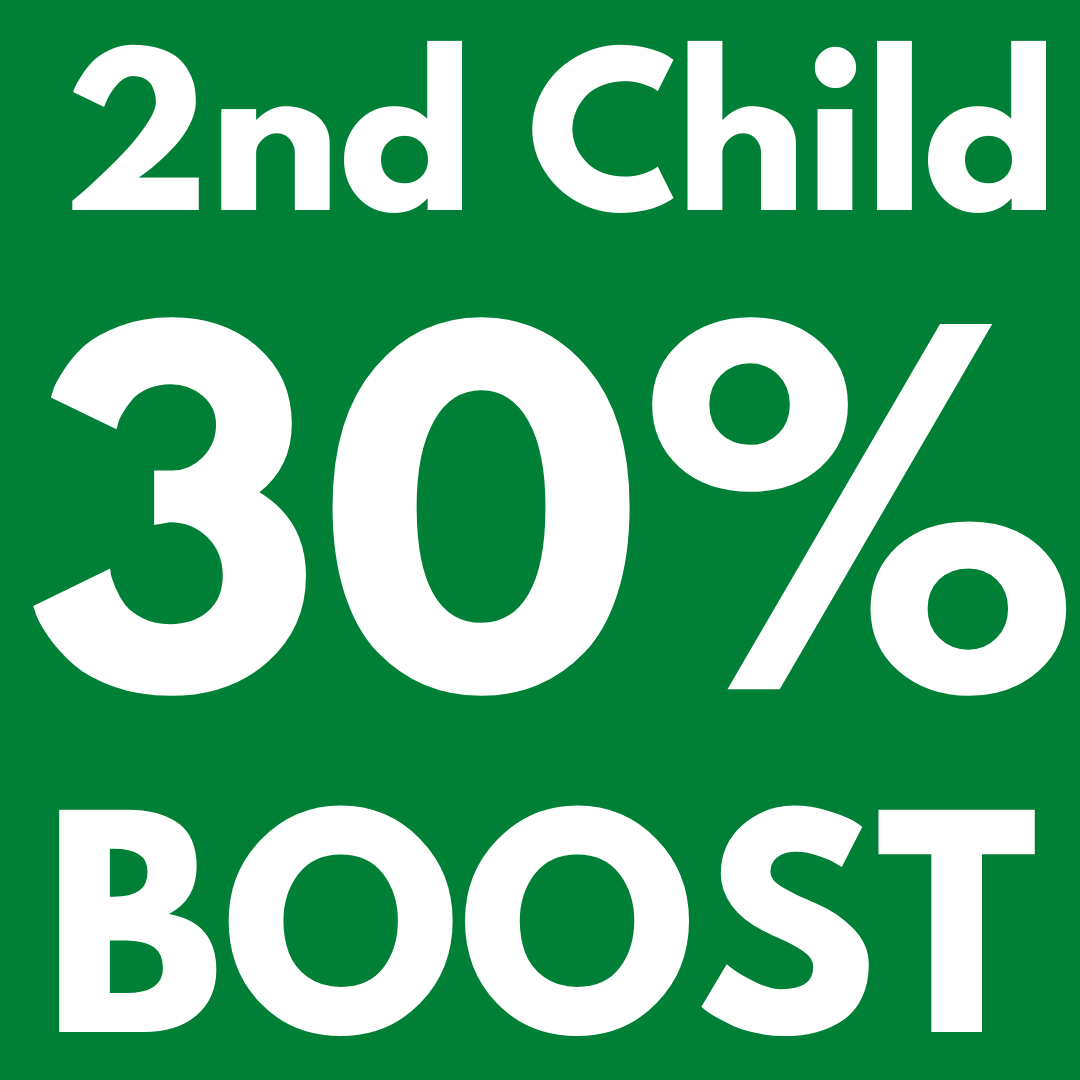Read this first.
Working out your actual out of pocket child care costs is complicated.
However, child care costs are such a significant part of family budgets, work needs to be done so you can make decisions with all the information, and plan your family budget with confidence.
In this article we point to a few key areas we think you should understand as you try and plan your childcare expenses.
Get on top of the link between income and the subsidy
Families with income above $355k will not be eligible for the Child Care Subsidy.
If your income is less than $355k, the amount of subsidy changes as your income changes, and the income of young families can vary a lot.
Working more, working less, taking parental leave, pay rises and pay cuts - all of this could impact how much support you get, and your family budget needs to take this into account.
Understanding your percentage is one thing, planning for the change as your situation changes is also important. Find out more here.
Get the hours you are entitled to and understand how the system works
The Government subsidises hours based on your activity - like work or study.
The number of hours the Government subsidises may not exactly match your needs, nor be able to be offered by your child care provider without charging you for hours you don’t need.
This is what you need to know:
Work out how many hours of support you can get from the Government. (see here)
Look closely at the operating hours of your provider.
Some providers allow flexibility with the number of hours used in a day - this is based around the format of the Government subsidy, and the amount of subsidy the Government offers. This is worth a closer look. See here.
1 in 8 Child Care spots are out of reach for your Chid Care Subsidy percentage
The Government uses a set hourly rate to calculate your subsidy. Higher cost providers charge above this hourly rate, and you bear this cost. This means that the help the government is offering, as a percentage, may not be the help you think you are getting. Understanding this will help with your planning. (see here)
Also - some child care providers can offer flexibility with the number of hours in a day that you use - but only if their hourly rate means that they get paid the same. This is explained here.
This is not easily explained by Government websites - but it is quite easy to do, and we show you here.
Families with more children get extra help.
From March 2022, the Government will boost the level of support for families with more than 1 child under 6.
This is what you need to know:
You need to have more than 1 child under 6, and in eligible care to get the help.
The second (and subsequent) child gets a 30% boost on the existing rate - up to 95%
Your out of pocket costs are going to look different, and you should plan for changes that impact this story - like your older child turning 6. Knowing the rules will help you make better plans.
Your situation will keep changing, so you need to be on top of the rules.
For young families, ongoing changes will result in changes to the family budget that may be difficult to forecast.
Be careful of unexpected changes, such as:
A change in family income could reduce the amount of Child Care Subsidy - income changes can come from pay rate changes, extra (or less) work, unpaid leave (such as parental leave).
A change in activity could reduce the number of hours that are subsidised.
Under the new system, a child turning 6 would see the younger child losing the 30% subsidy boost.




